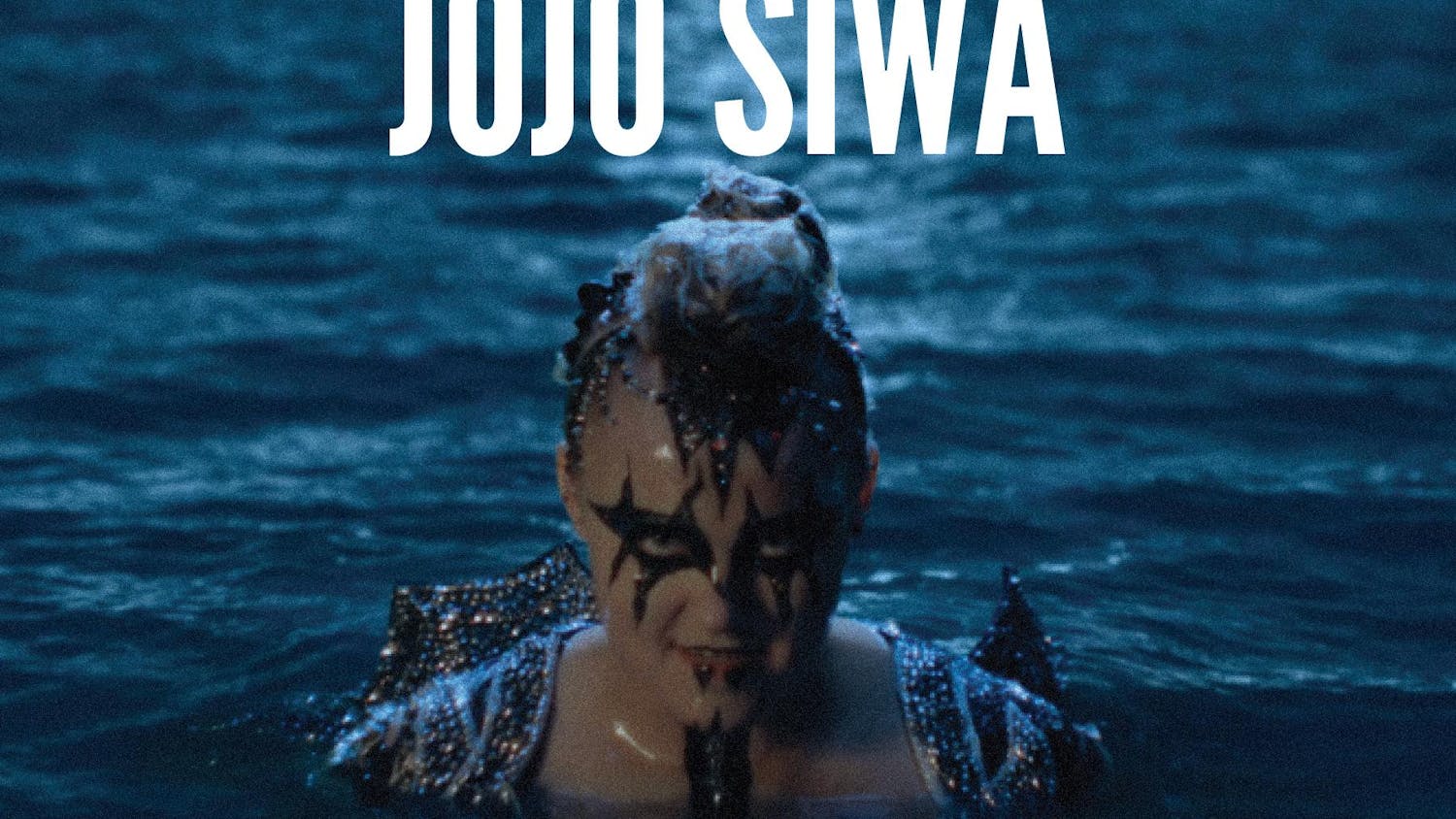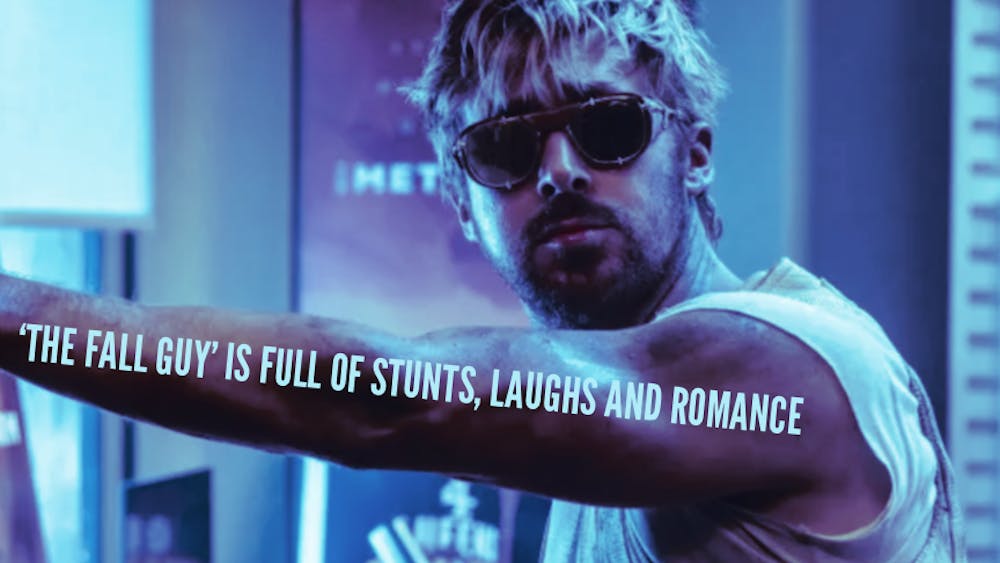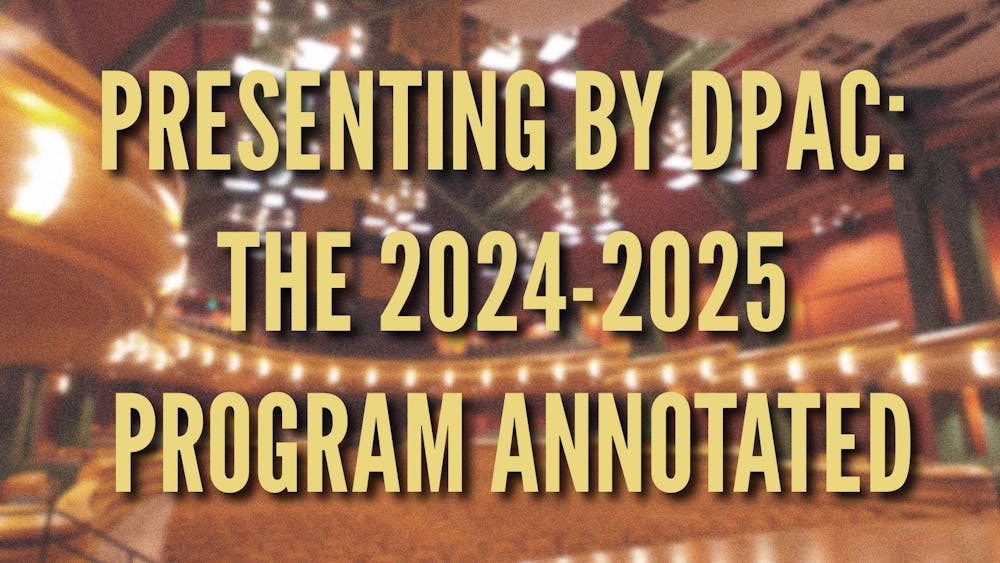
Cultural movements hit the youth psyche like violent ocean swells. They crash furiously onto populated shores, submerging everybody and everything in their path. Then, after a few moments, they recede back into the ocean as rapidly as they came. Before long, another wave hits, and the process begins again.
In the midst of the voracious set, a modest tide pool persists near the water’s edge. Unlike the swells, the puddle contains warm water and a mellow countenance. With each ensuing wave, it looks like the tide pool will disappear. When the swells subside, however, the tide pool remains. This is Twee.
Twee isn’t just a quirky word. It’s the sly moniker for a cultural phenomenon that’s been squirming its way into every nook and cranny of our popular culture for decades. Marc Spitz, author of ‘Twee: the Gentle Revolution in Music, Books, Television, Fashion, and Film,” calls the movement “the most powerful movement since punk and hip hop,” and, I assure you, he is correct.
As with any great movement, we can only understand Twee by fully immersing ourselves in the source material. Below, I’ve compiled a list of Twee’s canonical works. Read, listen, watch, and learn.
For your textbook, I suggest Spitz's book. He is a longtime rock journalist and the preeminent historian of the Twee movement, and his book provides a riveting definition of the Twee phenomenon and takes us through the movement’s nuances with grace and enthusiasm.
Spitz shows us that a common web of ideological threads bind the Twee movement together. These attributes are summarized below.
If a work is Twee,
-It strives for quaint, aesthetic beauty.
-It champions childhood values in an adult world.
-It acknowledges darkness and pain, often portraying such themes with coy, indirect techniques.
-It revels in unabashed sentimentality. Love, passion and innocence permeate the Twee palette.
-It has a particular fascination with unrequited love.
-It rejects the accepted standards of cool, choosing instead to embrace awkwardness and sappiness.
-It makes a concerted effort to stay left-of-the-dial.
-It looks for the good in humanity without discarding the notion of imperfection.
Required Listening:
“Emma’s House” by The Field Mice
Why it’s Twee: The shambling guitars are a twee pop staple. Moreover, Robert Bratten’s simple lyrical nod to unrequited love releases youthful despair underneath the bright overtones. It’s the most uplifting sob story you’ll ever hear.
“If You’re Feeling Sinister” by Belle and Sebastian
Why it’s Twee: Back in the 90s, Belle and Sebastian was synonymous with Twee. This track, the best on their highly-regarded sophomore effort of the same name, brilliantly juxtaposes meandering carelessness and thoughtful precision. Bittersweet perfection.
Required Viewing:
“Moonrise Kingdom” (film) directed by Wes Anderson
Why it’s Twee: While all of Anderson’s films are quintessentially Twee, “Moonrise Kingdom” has the most overtly sentimental and child-centric plotline. When you throw the exuberant color scheme and symmetrical framing on top, the film reaches new levels of Twee-dom.
“Portlandia” (series) created by Fred Armisen, Carrie Brownstein and Jonathan Krisel
Why it’s Twee: The intimate sketch format offers an ideal platform for quirky alternative comedy. Armisen and Browstein’s awkward, loving and romantically ambiguous dynamic adds yet another layer of Twee values.
Required Reading:
“High Fidelity” by Nick Hornby
Why it’s Twee: Any book that opens with a compiled list of the protagonist’s top-five breakups undoubtedly understands the sentiments at the heart of Twee. Plus, the grand majority of the plot takes place in a record store.
“Metroland” by Julian Barnes
Why it’s Twee: The follows two young men. Both of them are precocious, pretentious, romantic and hopeless. The ensuing story plays out like the novel version of a Belle and Sebastian album. It's an emotionally challenging, but relatable read.
That should get you started, but I encourage you to continue exploring. The Twee movement is a fascinating place. Shamble on.













